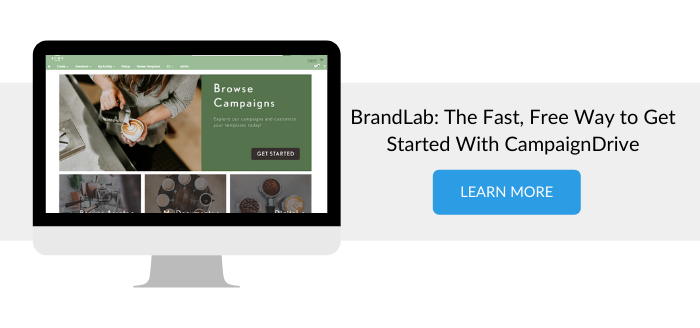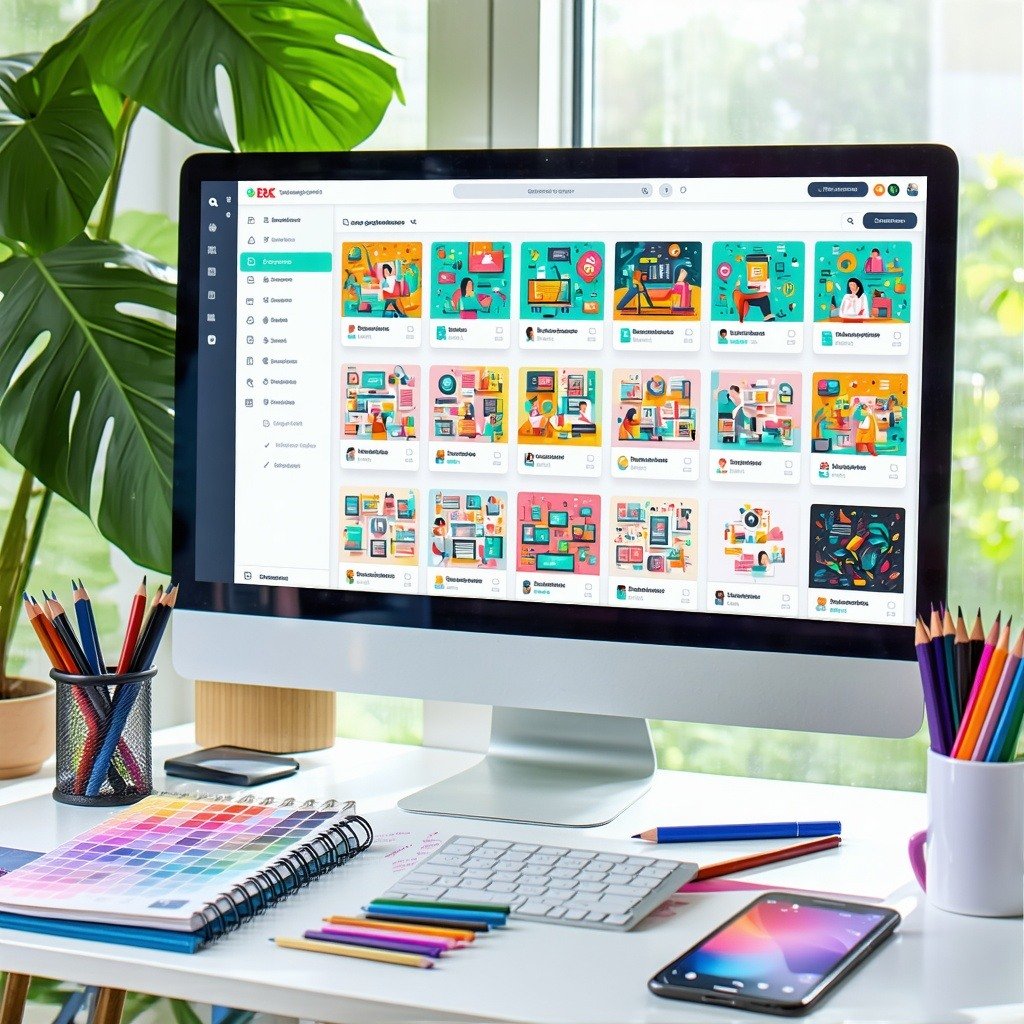If a picture speaks a thousand words, the font you choose is worth millions. Or it could cost you that if you end up choosing a font that you don’t have the rights for.
The fonts you choose as part of your brand identity can say a lot about your company and the customers you want to attract. These fonts speak more than just the words they make up—they instantly convey style, tone, and personality to the person viewing your brand. There’s a lot resting on the fonts that you pick and how you deploy them in your corporate identity (CI).
Picking fonts for your CI isn’t just about getting the right option for your brand.
You also need to consider if you can legally use the fonts for commercial purposes. This is a big one, and can land you and your company in a lot of hot water if you use something without the correct license.
It can be tricky to wrap your head around the concept and the different legalities that cover fonts in terms of copyright. So, we’ve made it a little simpler.
If you know the ins and outs of fonts and the legalities that surround them, you’re far less likely to make a costly branding mistake.
The Difference Between A Typeface And A Font
The first thing to establish is that you get a typeface and you get a font. The latter is essentially a variation of the former.
Let’s break that down.
Essentially, you get a certain set of design characteristics that make up a typeface. You can then get a bold version of that typeface, which is called a font. You also get fonts that are light, medium, italic or regular. These are all variations of the same set of design characteristics.
For example, you get Arial, which is the typeface. Arial 12 pt bold is the font.
Why Is This Important?
You need to understand if you are getting the license to use the specific font or the typeface in general.
If you only have permission to use the bold font, you can’t suddenly use it for headings, and then use the light version for the text on your marketing collateral.
Who Sets The Rules?
The font maker or designer will create an End User License Agreement (also known as a EULA) that will set out the terms of use for their fonts. As the original creators of the font, the designer is protected by local and international copyright laws, as the design of the font is their intellectual property (IP). They are then at liberty to set the terms of use and the rate they will charge for any use.
Often, designers of fonts that are widely available on the internet will allow people to use their fonts for free for non-commercial use. This means that you can’t use that font for your CI for free.
Of course, there are plenty of fonts that are also available for free for commercial use. But they are openly available for a wide range of people and businesses all over the world to use too.
It’s essential that you read the EULA carefully before you pick the font for your CI. It can become very expensive or you could end up in a serious legal battle if you haven’t used the font correctly.
How Are Typefaces Protected By The Law?
Copyright laws in the US do not cover typefaces. This means that the font creators are only covered for their specific variations that they create. Their computer software or program that you download to install the font on your machine is what is actually covered by copyright laws here. Essentially, the software is protected and not the artistic design, meaning the artistic work is not protected.
This means that you could, in essence, print out the different letters, numbers and punctuation points of the font, trace them, and create your own software to deploy it on your computer. This is technically allowed under the specific wording of the 1976 Copyright Act in the USA.
However, there are times when a typeface is protected by law in the US. This comes under patent laws. A company can apply for a patent to cover their typeface but this is not usually granted these days. Most typefaces covered under a patent are coming to the end of their coverage and will soon all expire.
Another way to cover a typeface is through the trademark of a specific logo. For example, the Coca Cola typeface is hugely recognizable and the logo has been trademarked. This means that other brands can’t copy that typeface because it would be seen as a copy that could confuse the consumer and infringe on the brand’s trademark rights.
How Do You Get The Rights To Use A Font?
With so much to consider, it can be quite daunting to work out what is all right to use and what isn’t.
The most important thing to do is to check your source. There are a wide range of free font suppliers online that say you can use their fonts for commercial purposes for free. However, these fonts are copied from other websites, and are not always legally acceptable.
That isn’t to say that you can’t use a free font.
You just need to check where it came from and if there are other more legitimate versions of it first. You should also check that the font comes with the full spectrum of symbols, letters, and numbers.
If the font was created for a specific purpose and the designer has decided to give it away, it may not include everything you’ll need down the line. As you grow your business, you may want to print brand-related text on a variety of items. If you only have a condensed version of a font, you may struggle to create brand consistency, reducing the impact of your branding considerably.
Your designer can also create an entirely original font for your brand CI, but you will definitely have to pay them for their time and talents. If a designer offers you a font that they have licensed previously, you will also have to think twice before using it. There is a good chance that the license covers the designer to use it and not your business.
Safely Deploy Brand Fonts and Enforce Brand Guidelines With CampaignDrive
Before you select a font for your branding, do your homework. If in doubt, leave it out!
If you're looking for any easy way to control brand fonts and logos across multiple locations, CampaignDrive by Pica9 can help. CampaignDrive is a brand-to-local marketing platform that empowers your local marketers to create brand-compliant marketing tactics of all kinds. It free to start! Sign up today.





